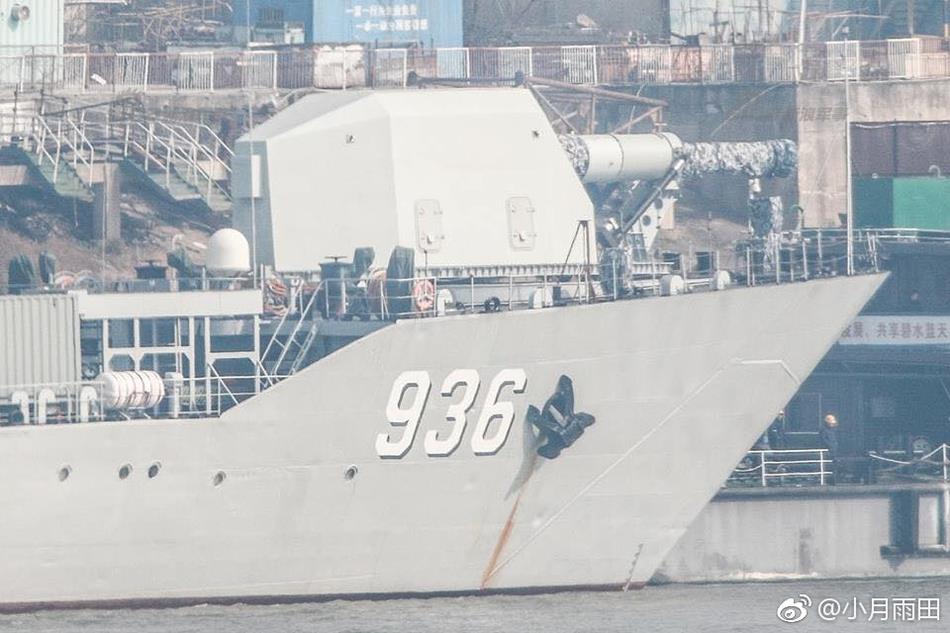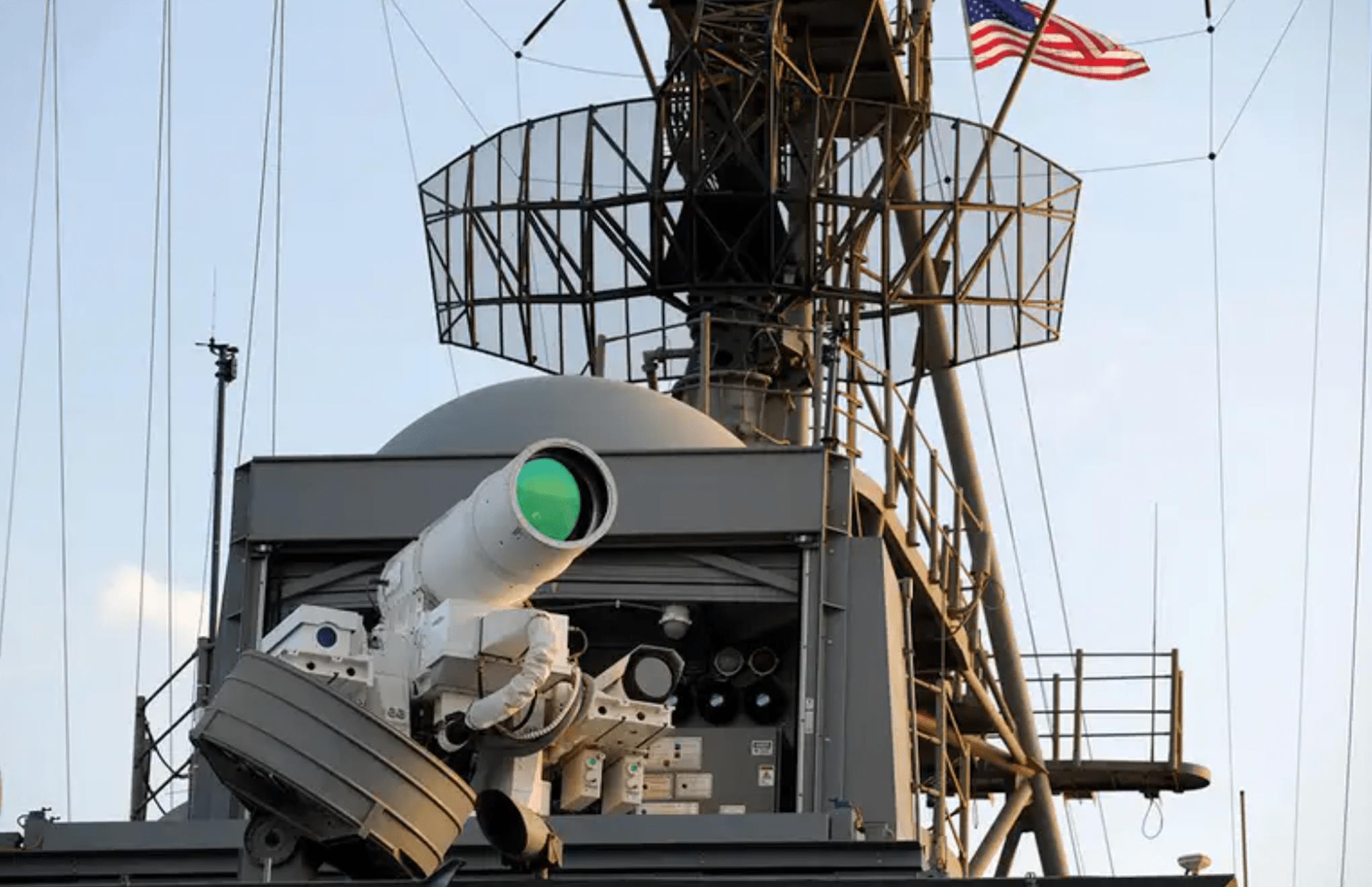(MENAFN- Asia Times)
China is stepping up its railgun technology research, potentially looking at naval, land and small arms applications.
Compared to conventional powder guns, railguns use electromagnetic energy to propel projectiles at up to seven times the speed of sound, and up to ten times the range of traditional guns.
They are purely kinetic weapons, relying on hypersonic projectile velocities to inflict damage rather than explosive payloads.
However, the Technology still faces significant barriers, such as high energy requirements, excessive heat generation and premature wear of electromagnetic rails, which reduce the weapon's lifespan and accuracy.
If and when these problems are solved, railguns will allow combatants to strike each other at ranges currently covered by short-range tactical ballistic missiles (SRBMs) and anti-ship missiles at a fraction of their cost.
The hypersonic velocity of their projectiles can possibly penetrate the latest armor materials and would be nearly impossible to shoot down in flight compared to SRBMs or anti-ship missiles, which can be shot down, confused by chaff, or jammed by electronic warfare.
Moreover, as railguns do not use any explosive propellants or projectiles, they are potentially safer to operate and allow for more ammunition to be stored.
Last month, Chinese researchers said that they are trying to solve railgun development problems by intensifying weapon trials and testing innovative solutions such as applying liquid metal on rails to reduce firing wear and using special coatings to reduce damage from repeated firings.
The researchers said that their designs have unique features not found in US railgun models, such as the absence of an extra muzzle device to reduce electric flashes. They also stated that their designs must be fired non-stop and at top energy levels, and that the intensity and scale of these tests would far exceed any of those conducted previously.
In February 2018, China conducted the first successful test-firing of a railgun at sea , using its railgun prototype on the Type 072III Haiyang Shan landing ship testbed. The weapon was reported to have fired a 25-kilogram projectile at a target 250 kilometers away with a projectile velocity of 2,575 meters per second.

A large canon believed to be China's first homemade railgun is seen on the bow of the Haiyang Shan landing ship. Photo: Weibo / Sina Military
If accurate, the test outguns US intelligence estimates that China would have an operational railgun by 2025. The existence of China's ship-mounted railgun was known in January 2018 , when pictures of the weapon mounted on the Haiyang Shan first surfaced on social media.
The next month, a People's Liberation Army-run news outlet reported that the Chinese Navy had achieved a“breakthrough” during the weapon's sea trials. China's ship railgun was reportedly first tested in 2014, with its development starting in 2011.
Apart from large ship-mounted railguns, China announced in 2019 plans to develop magnetized plasma artillery derived from railgun technology. The technology involves creating a layer of plasma inside artillery gun barrels using electromagnetism.
The plasma layer would then protect gun barrels from wear and heat, enabling firing velocities up to six times the speed of sound. In contrast to large ship-mounted railguns, this technology could be light enough that it can be mounted on self-propelled artillery and tanks.
This, in turn, could extend the range of a 155-millimeter howitzer from 30 to 50 kilometers to 100 kilometers, and substantially increase tank main guns' penetrating power, accuracy and range.
China is also applying railgun technology to small arms by researching rifle and pistol-size railguns . In 2020, China's Logistical Engineering University of the People's Liberation Army, considered one of the country's top military research institutions, unveiled the Small Synchronous Induction Coil Gun.
The weapon was demonstrated in rifle, pistol and robot-mounted variants shooting at wooden and metal targets.
In contrast, the US in 2021 paused its railgun development to focus on developing hypersonic weapons. Despite a successful land test in 2017, the US Navy decided to pause railgun development due to a lack of resources or other developmental challenges.

The USS Ponce's laser weapon is capable of shooting down aircraft. Experts say lasers are a game changer in naval warfare. U.S. Navy photo by John F. Williams.
These challenges included short barrel life , which required railgun barrels to be replaced every dozen or two dozen shots, and limited range compared to hypersonic missiles.
Apart from focusing on hypersonic weapons instead of railguns, the US is developing laser weapons that promise instantaneous hits, pinpoint targeting, scalable power output and negligible cost per shot.
Last year, the US Navy tested a ship-mounted laser against floating test targets and drones in the Middle East, and is also known to be developing tactical airborne lasers on fighter jets for missile defense and possibly air-to-air combat.
MENAFN21022022000159011032ID1103733671
Legal Disclaimer:
MENAFN provides the information “as is” without warranty of any kind. We do not accept any responsibility or liability for the accuracy, content, images, videos, licenses, completeness, legality, or reliability of the information contained in this article. If you have any complaints or copyright issues related to this article, kindly contact the provider above.